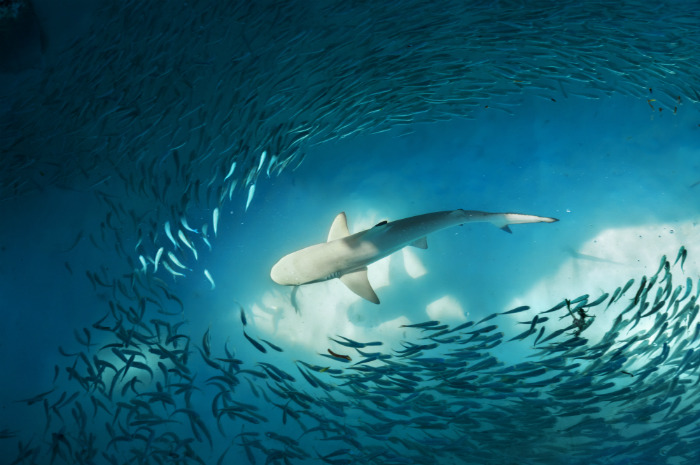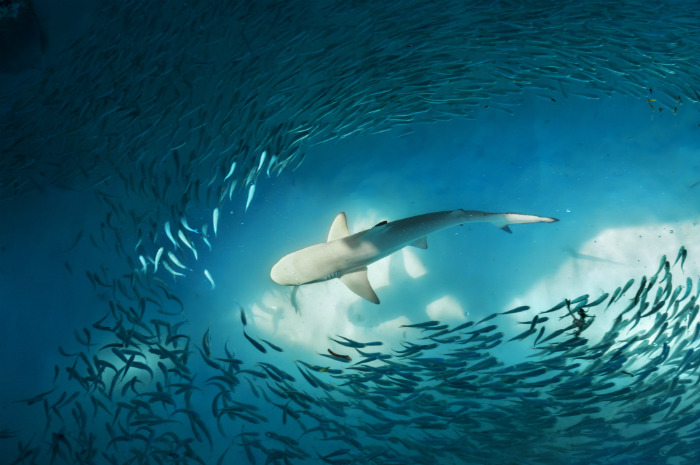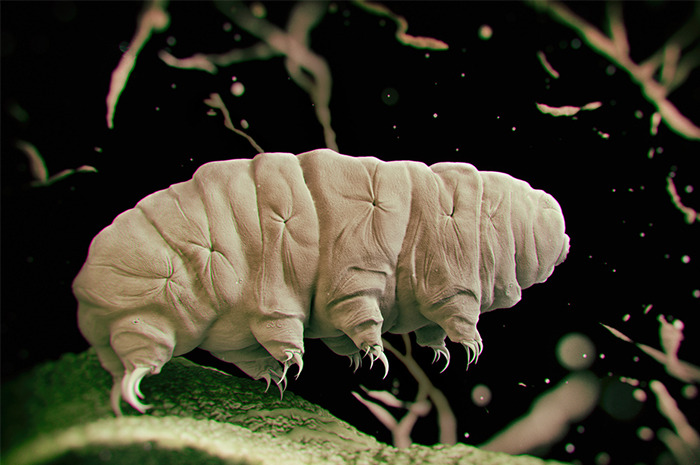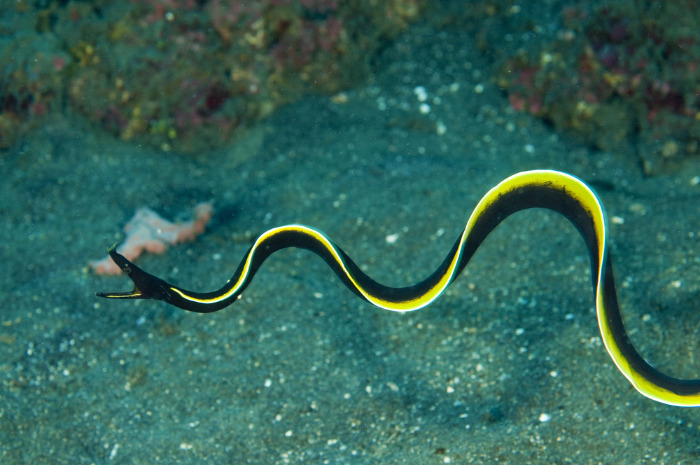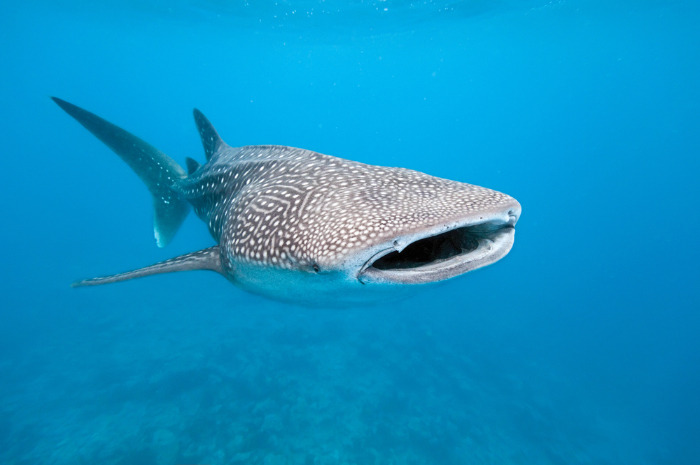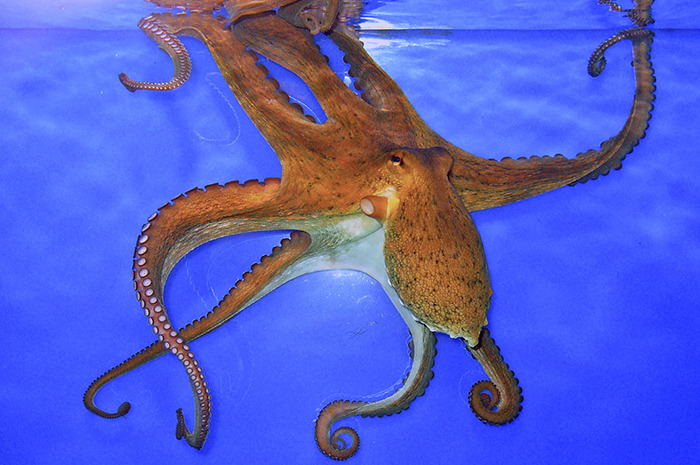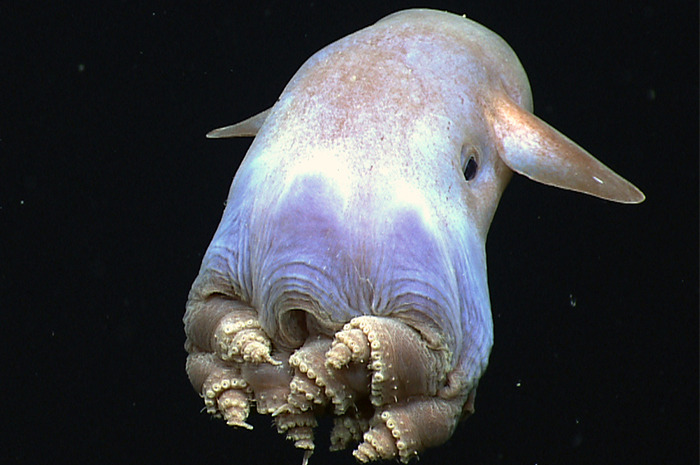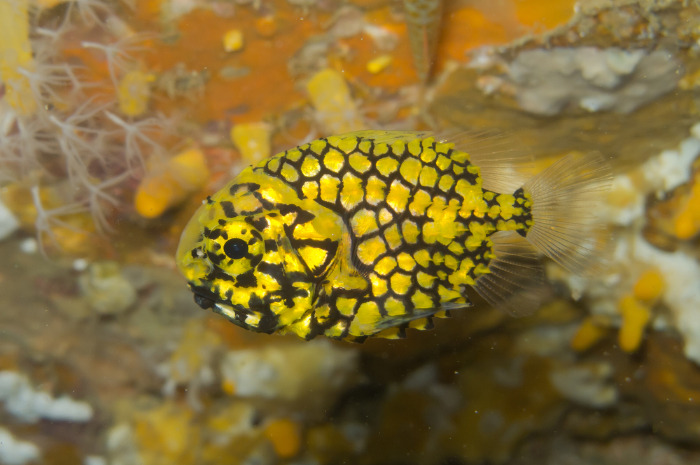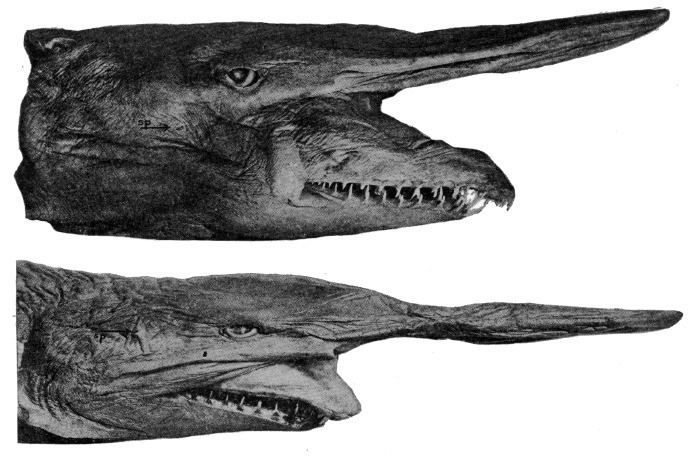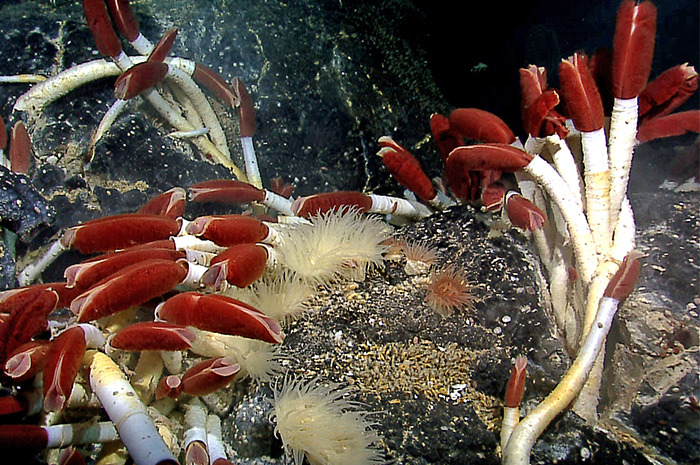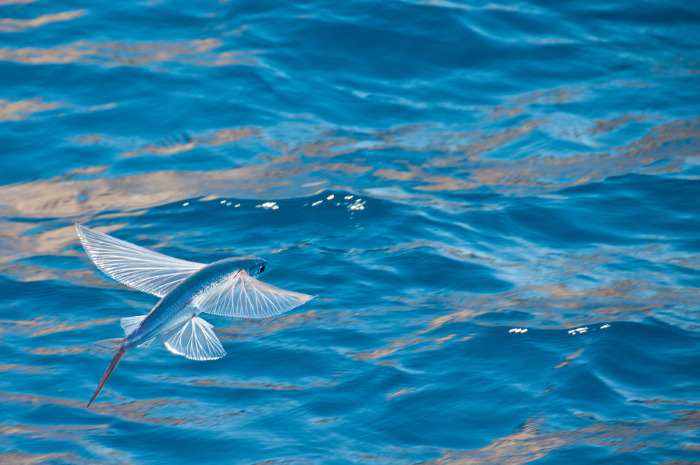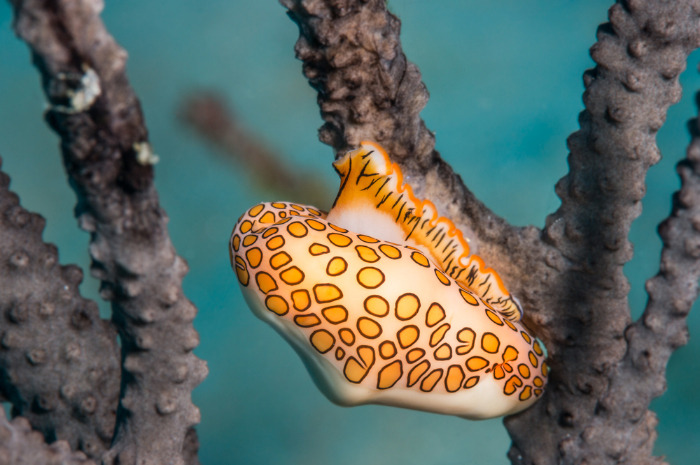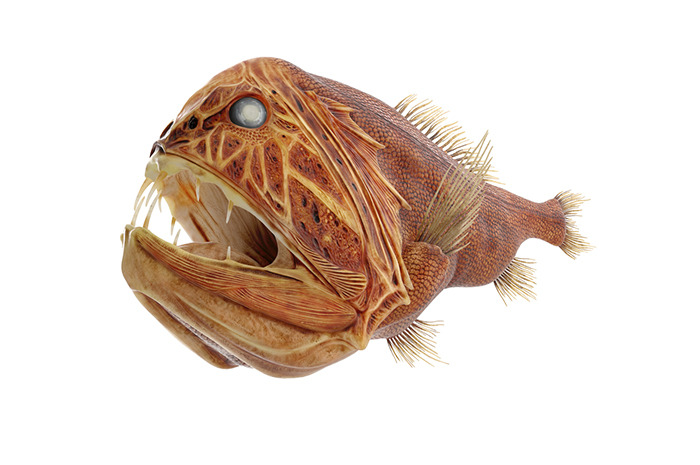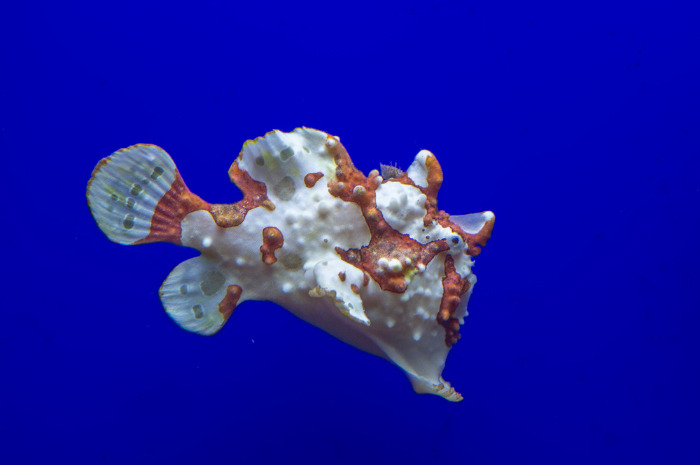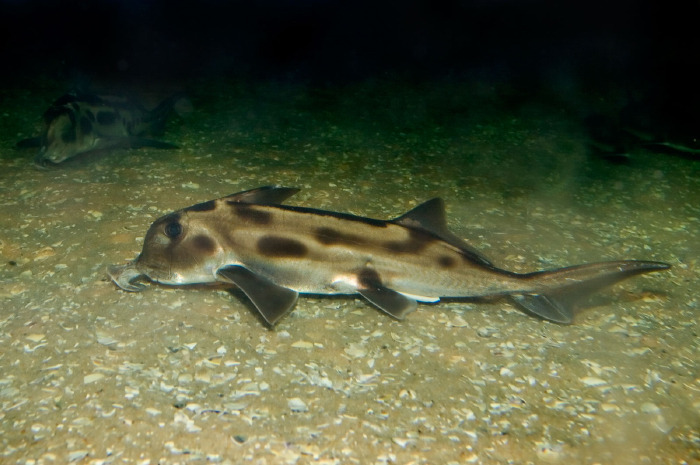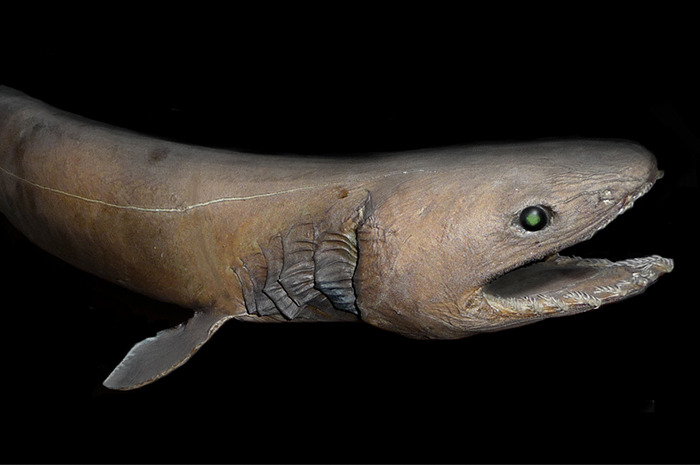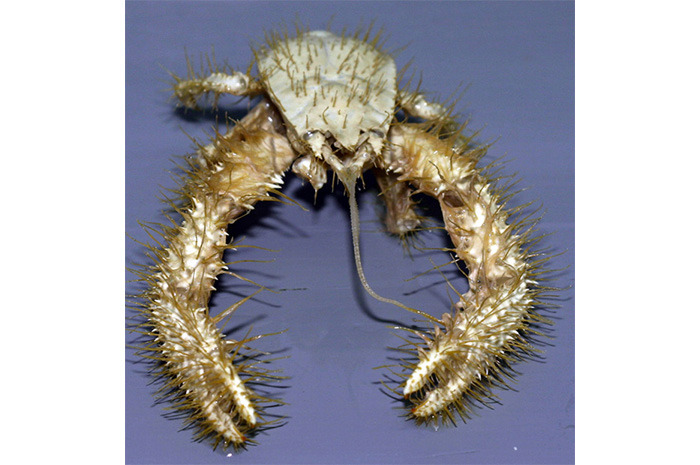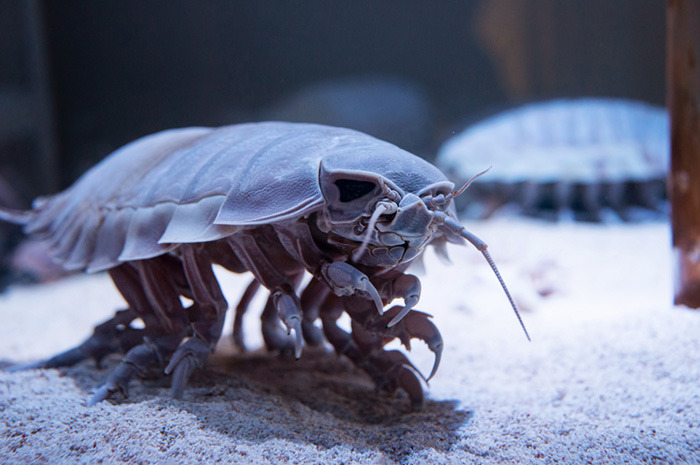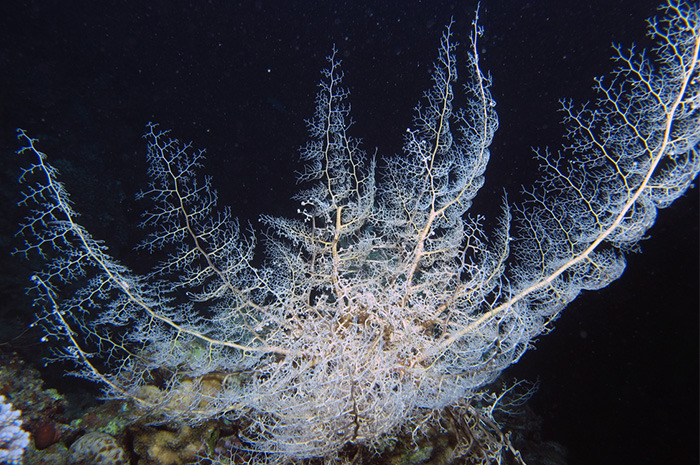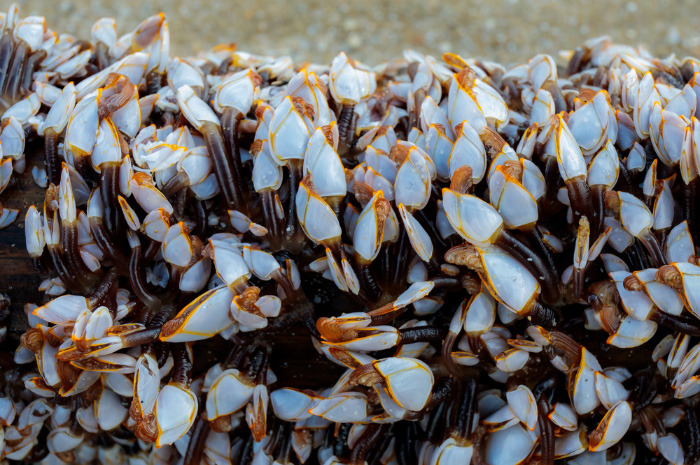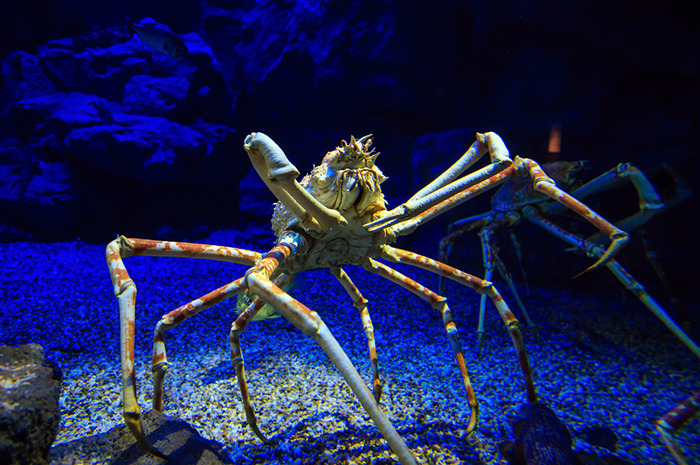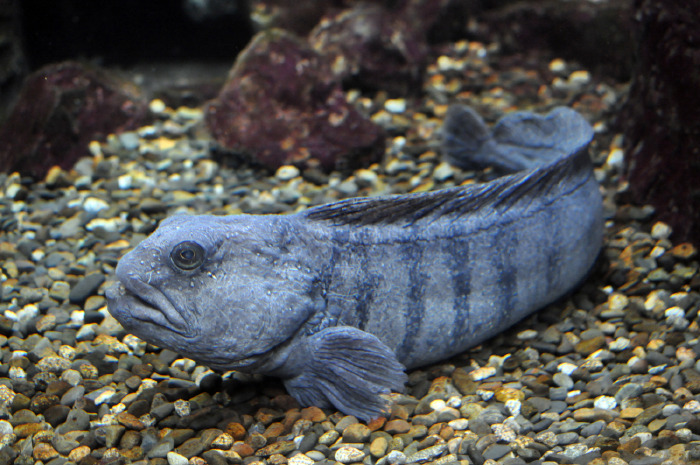20 Of The Most Amazing Aquatic Creatures In The World
The 20 Most Amazing Aquatic Creatures in the World
What do you think the sea world is like? Incredible, marvelous, romantic or creepy, terrifying and mysterious? Or maybe a combination of all of these. And who lives there? The deep blue ocean has been extensively studied for decades and decades; yet it remains a mystery in many ways. The average ocean depth is 14,000 feet deep; this is a whole world of phenomena and off sea creatures waiting to be studied and explored by daring adventures and experts.
Tardigrades
They are also known as water bears because these tiny water-dwelling beings are more resilient that you may think. They have eight legs and survive for up to three decades without food or water.
Ribbon eel
You may also see it as Rhinomuraena quaesita or Bernis eel. It may not look like it but these tiny eels are carnivores. They feed on small fish and other marine creatures. They can stay in the same hole for months at a time.
Whale shark
This is the largest fish in the sea, reaching lengths of 40 feet or more. Yes, they are gentle marine giants that roam the oceans mostly alone.
Common octopus
This is a unique creature – with a massive bulbous head, large eyes, and eight distinctive tentacles. It basically is the size of a 6-foot man.
Dumbo octopus
The dumbo octopus, whose actual name is Grimpoteuthis, lives on the ocean floor at extreme depths – up to 13,000 feet. The small creature is just about 8 inches tall. They float just above the seafloor looking for food, which is usually snails and worms.
Pinecone fish
It is found in deepwater marine habitats of the Indo-Pacific region. It gets its name because of its oval body that is covered with spiny platelike scales that look like a pinecone. The luminescent organs are on the lower jaw.
Goblin shark
Goblin sharks are a species of fish that usually live at the bottom of the ocean. They can grow 12 feet long and weigh up to 460 pounds. Scientists don't know much about the behavior of these rarely seen animals. They have ability to completely unhinge its jaws when feeding.
Giant tube worms
They are also known as Riftia pachyptila. They were discovered by accident when researchers were exploring the deep Pacific Ocean floor and saw strange, hydrothermal vents. They feed on tiny bacteria that get their energy directly from the chemicals in the water.
Flying fish
The name probably give them away – they can jump out of warm ocean waters. Their streamlined torpedo shape helps them gather enough underwater speed to break the surface. They are hunted by many different, and larger, fish for food.
Flamingo tongue snail
This tiny marine snail lives on coral reefs in the western Atlantic Ocean, according to OCEANA. Their bright pink or orange coloration and black spots come from the snail's soft tissue. They are mostly found on their preferred prey species –sea fans, whip corals, and other soft corals.
Fangtooth fish
Similar to other deep sea creatures, the fangtooth has large, sharp teeth which it uses to catch its food that may be swimming nearby. They grow to be about 6 inches long and have a single row of teeth.
Frogfish
Its scientific name is Antennariide. Its skin looks like that of a frog. What's unusual about this creature is that it has legs – most fish don't. The frogfish also hunts like a frog.
Australian ghost shark
This unusual shark family branched off from sharks almost 400 million years ago, according to Florida Museum. You won't mistake the ghost shark because it has very large, high-set eyes. Their snout is made to search for food prey in the sand, and is highly sensitive to electric fields and movement.
Frilled shark
This weird- and prehistoric-looking and rare shark lives in the open ocean in in deep and dark waters. It has a long and cylindrical body that reaches about 7 feet in length. Its fins are placed far back on the body. They swim like eels, in a serpentine fashion.
Yeti crab
It was seen for the very first time in 2005 in the South Pacific Ocean near Easter Island. Its scientific name is Kiwa hirsute. It is unusual because it has hair and no eyes.
Giant isopod
The gigantism of the giant isopod may be an adaptation to the extreme pressure of the deep ocean they inhabit, according to Aquarium of the Pacific. They are among the largest known members of the isopod family, a group of crustaceans that are closely related to shrimp and crabs.
Basket star
The basket star lives in cold to warm waters in both the northern and southern hemispheres, and doesn't really go very deep – no more than a few hundred feet. The basket star has a five-pointed body and an arm extends from each point. Each arm has branches with many sub-branches.
Goose Barnacle
It is also called stalked barnacles or gooseneck barnacles. In Spain, gooseneck barnacles, "percebes," are an overfished delicacy fetching a high market price – $50 per pound, according to Oregon State University.
Giant spider crab
Macrocheira kaempferi's legs span to 15 feet. It lives in the Pacific Ocean near Japan. Its natural habitat is the seabed at depths of 500 to 1,000 feet. This is the largest known species of crab and may live up to a century.
Wolffish
The Atlantic wolfish has very large teeth that stick out of its mouth. Despite this scary look, they are not aggressive towards people and are not known to bite humans unless provoked. They are sometimes called "wolf eels" because of their long bodies – they can be up to 5 feet.
